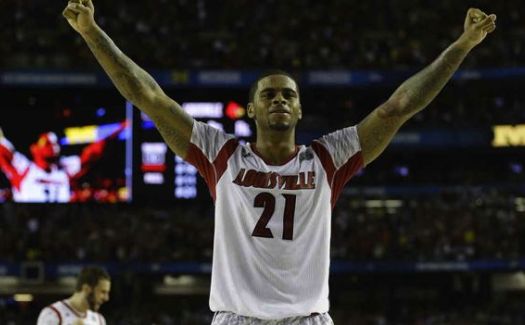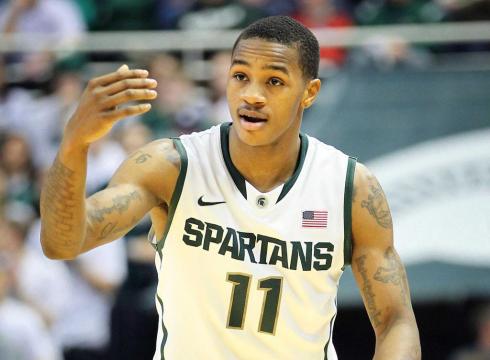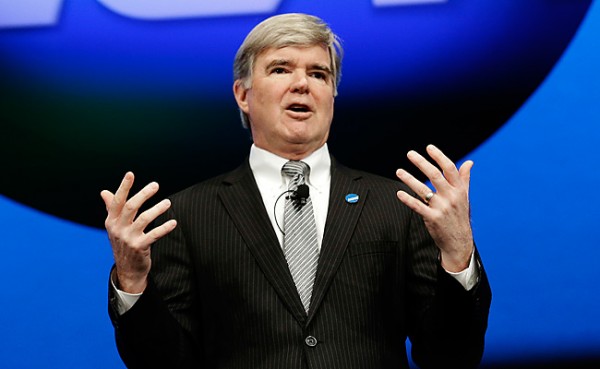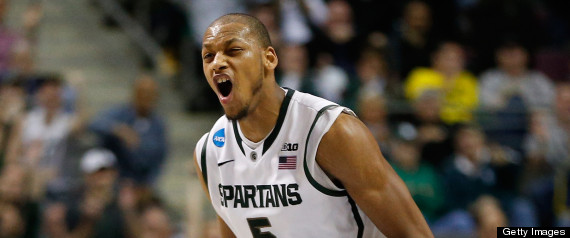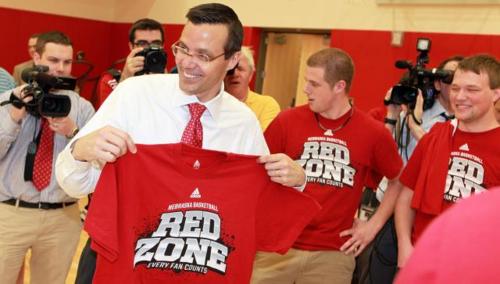Five Fatal Flaws Among the Top Five Teams
Posted by David Harten on October 28th, 2013There’s a reason that no college basketball team has finished a season undefeated since Indiana in 1976. Throughout an entire season, the daily grind exposes flaws. Some are correctable while others prove to be a lasting problem. At the beginning of each season, each of the roughly 350 teams in Division I has something to address. Let’s check out the top five teams from the preseason ESPN/USA Today poll and see which flaws will cost certain teams some non-conference games if they don’t get their issues corrected.
- We start with #5 Arizona and will work our way to the top. The Wildcats don’t seem to have many flaws on paper. With returnees like Nick Johnson, Kaleb Tarczewski and Brandon Ashley joining a crazy-talented recruiting class of Aaron Gordon, Rondae Hollis-Jefferson and Duquesne transfer T.J. McConnell, there will be plenty of talent in Tucson. But, with Solomon Hill (13.4 PPG, 5.3 RPG), Kevin Parrom (8.3 PPG, 4.9 RPG, 48.3 percent FG) and Mark Lyons (team-leading 15.6 PPG) all gone, the Wildcats will need a new offensive leader. All that scoring would have helped when the Wildcats willplay Michigan in Ann Arbor. Gordon is a leaper with decent offensive game, but therein lies the problem. Johnson will be the veteran leader, but he hasn’t shown a penchant for consistent scoring, finishing last season with only one 20-point game. So which Wildcat steps up and takes control when the pressure mounts on the road?
- At #4, Duke welcomes back a number of veterans and an elite freshman class headlined by Jabari Parker. So their scoring will be there, even if Seth Curry, Mason Plumlee and Ryan Kelly (47.5 PPG last season combined) have exhausted their eligibility. But looking past the inevitable replacement of the scorers, rebounding will be something the Blue Devils will have to improve upon or suffer with. The leading returning rebounder is Quinn Cook’s 3.9 boards per game. A number of teams on the Blue Devils’ non-conference schedule could take advantage of that, particularly Kansas, with Memphis transfer Tarik Black and Joel Embiid patrolling the post for the Jayhawks.






























